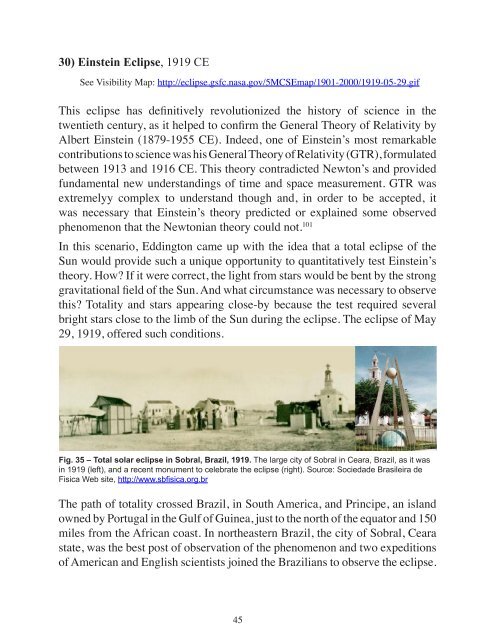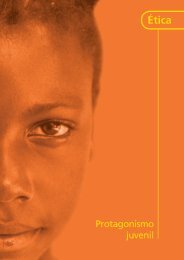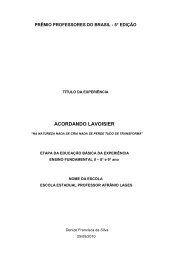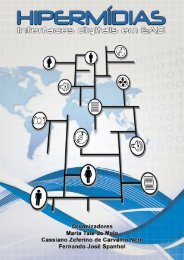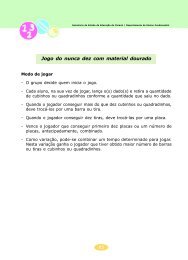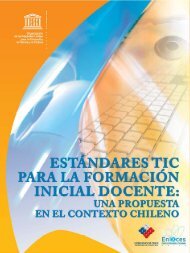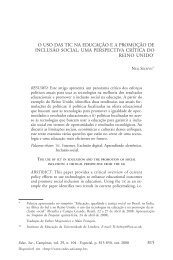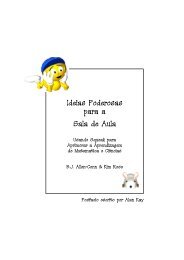Eclipses through the Centuries - Portal do Professor
Eclipses through the Centuries - Portal do Professor
Eclipses through the Centuries - Portal do Professor
Create successful ePaper yourself
Turn your PDF publications into a flip-book with our unique Google optimized e-Paper software.
30) Einstein Eclipse, 1919 CE<br />
See Visibility Map: http://eclipse.gsfc.nasa.gov/5MCSEmap/1901-2000/1919-05-29.gif<br />
This eclipse has definitively revolutionized <strong>the</strong> history of science in <strong>the</strong><br />
twentieth century, as it helped to confirm <strong>the</strong> General Theory of Relativity by<br />
Albert Einstein (1879-1955 CE). Indeed, one of Einstein’s most remarkable<br />
contributions to science was his General Theory of Relativity (GTR), formulated<br />
between 1913 and 1916 CE. This <strong>the</strong>ory contradicted Newton’s and provided<br />
fundamental new understandings of time and space measurement. GTR was<br />
extremelyy complex to understand though and, in order to be accepted, it<br />
was necessary that Einstein’s <strong>the</strong>ory predicted or explained some observed<br />
phenomenon that <strong>the</strong> Newtonian <strong>the</strong>ory could not. 101<br />
In this scenario, Eddington came up with <strong>the</strong> idea that a total eclipse of <strong>the</strong><br />
Sun would provide such a unique opportunity to quantitatively test Einstein’s<br />
<strong>the</strong>ory. How? If it were correct, <strong>the</strong> light from stars would be bent by <strong>the</strong> strong<br />
gravitational field of <strong>the</strong> Sun. And what circumstance was necessary to observe<br />
this? Totality and stars appearing close-by because <strong>the</strong> test required several<br />
bright stars close to <strong>the</strong> limb of <strong>the</strong> Sun during <strong>the</strong> eclipse. The eclipse of May<br />
29, 1919, offered such conditions.<br />
Fig. 35 – Total solar eclipse in Sobral, Brazil, 1919. The large city of Sobral in Ceara, Brazil, as it was<br />
in 1919 (left), and a recent monument to celebrate <strong>the</strong> eclipse (right). Source: Sociedade Brasileira de<br />
Fisica Web site, http://www.sbfisica.org.br<br />
The path of totality crossed Brazil, in South America, and Principe, an island<br />
owned by Portugal in <strong>the</strong> Gulf of Guinea, just to <strong>the</strong> north of <strong>the</strong> equator and 150<br />
miles from <strong>the</strong> African coast. In nor<strong>the</strong>astern Brazil, <strong>the</strong> city of Sobral, Ceara<br />
state, was <strong>the</strong> best post of observation of <strong>the</strong> phenomenon and two expeditions<br />
of American and English scientists joined <strong>the</strong> Brazilians to observe <strong>the</strong> eclipse.<br />
45


